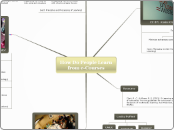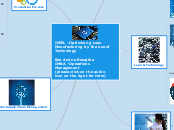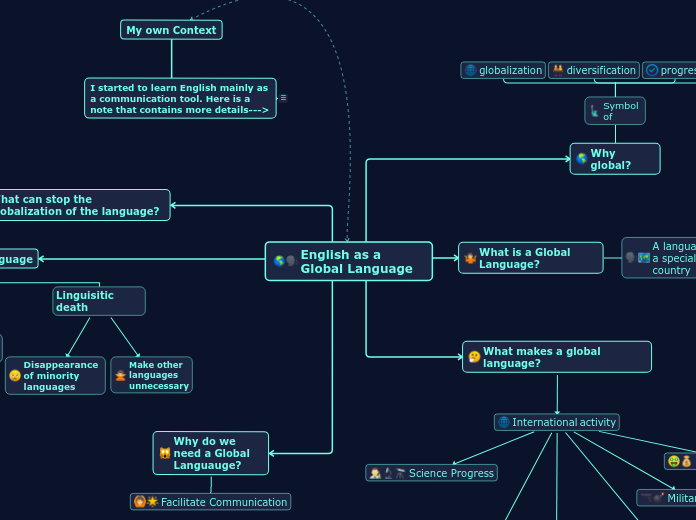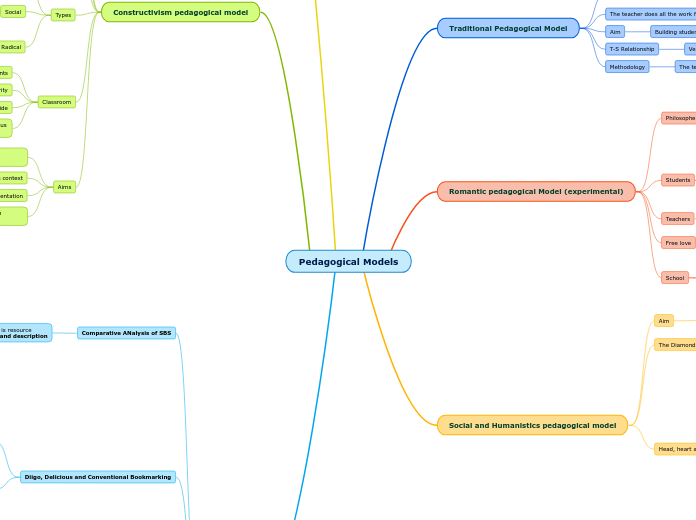によって Louisa Puffett 12年前.
411
e-Learning
Effective e-course design requires managing cognitive load by breaking down complex information and minimizing unnecessary content. Engaging learners actively with the material is crucial for retention and understanding.









